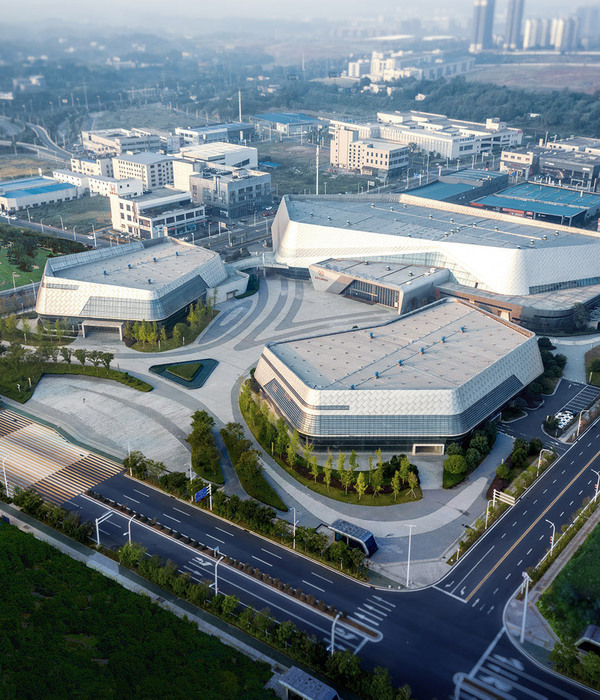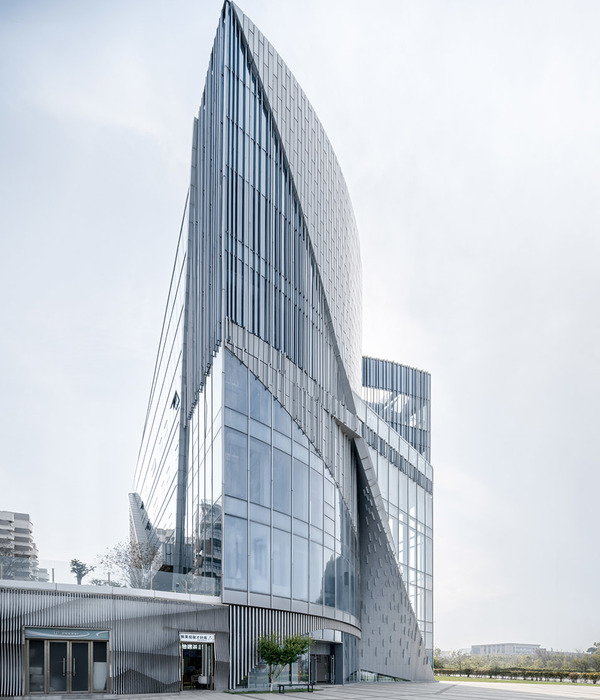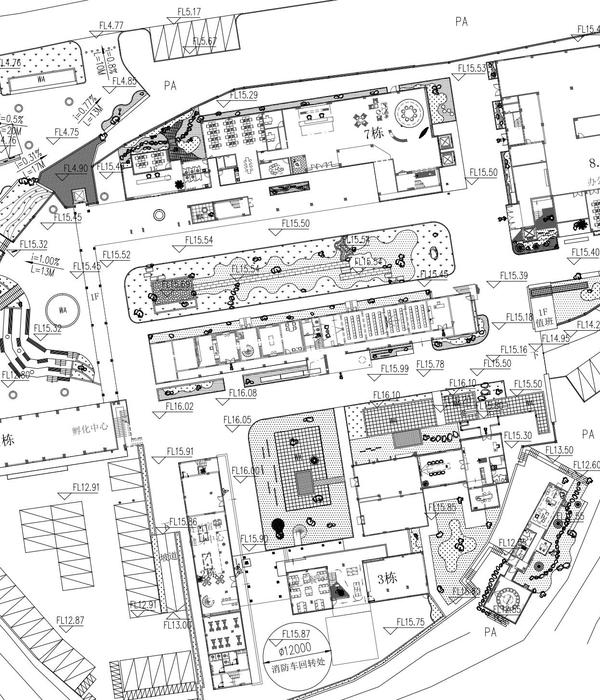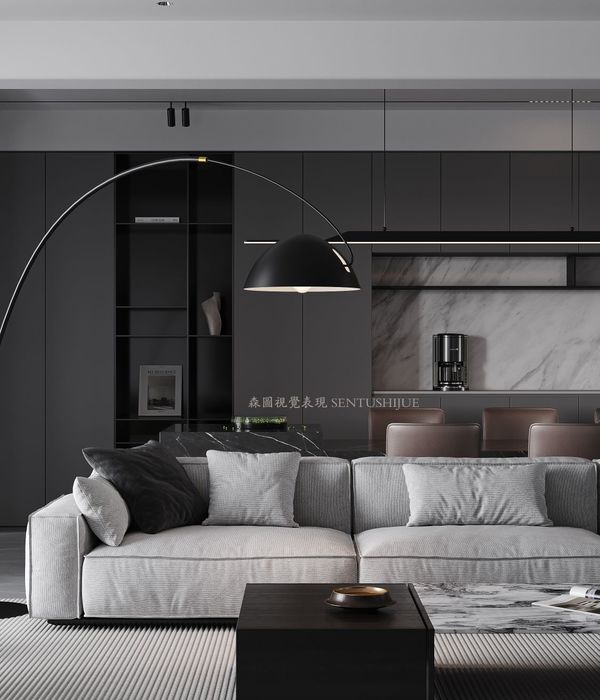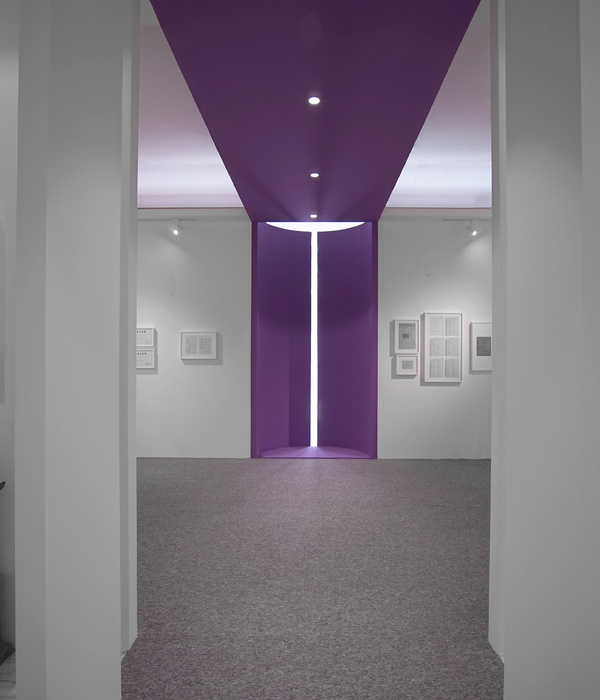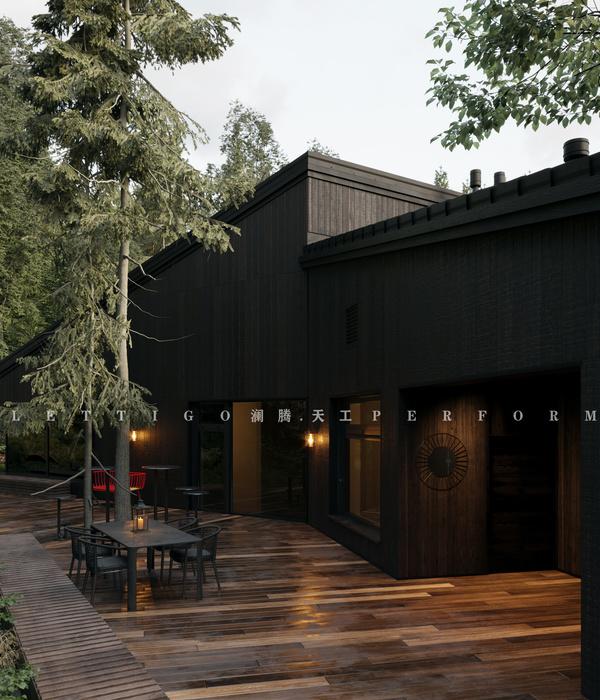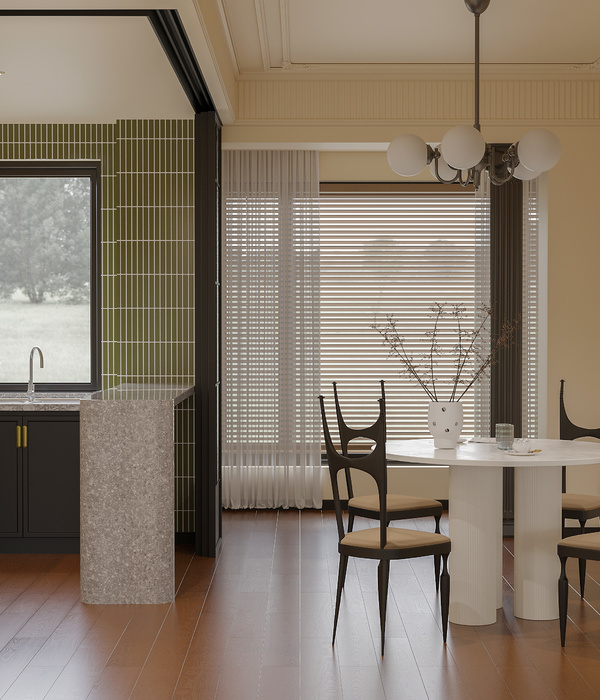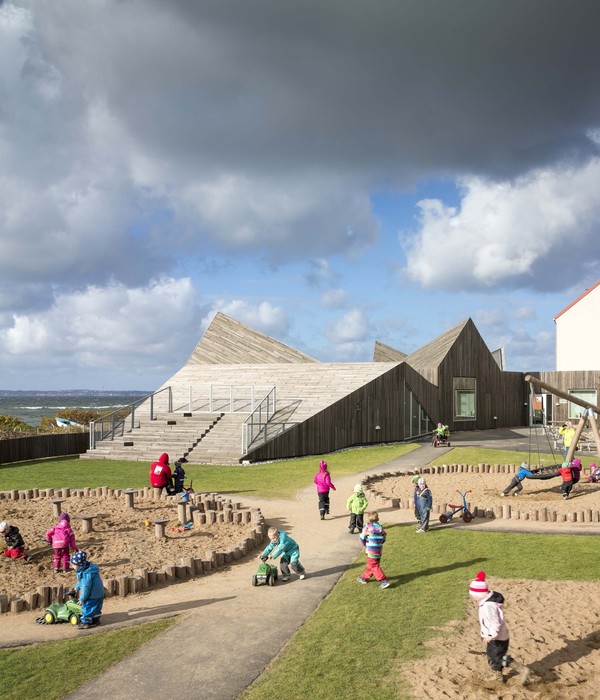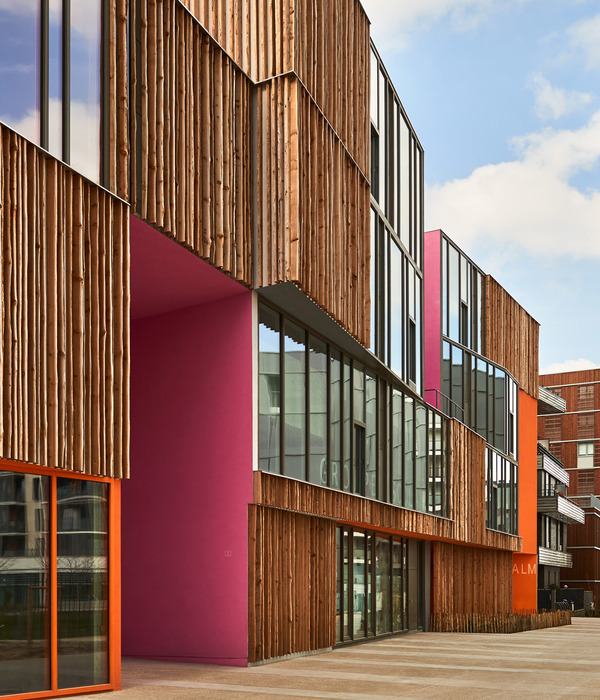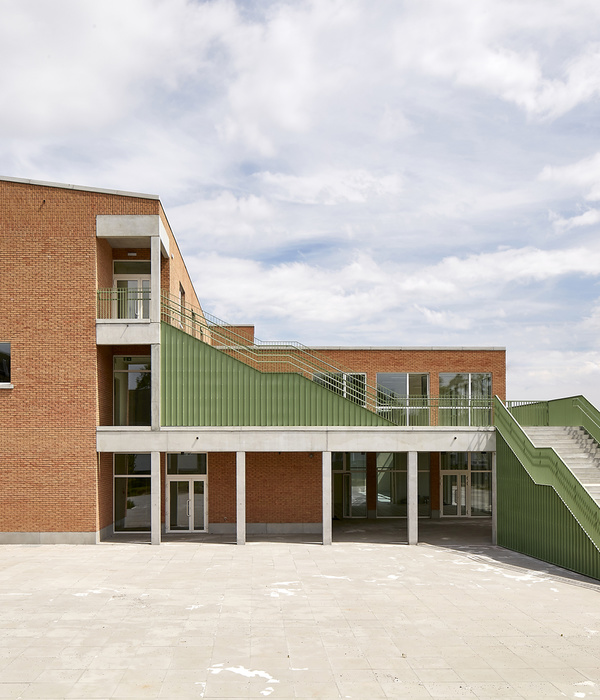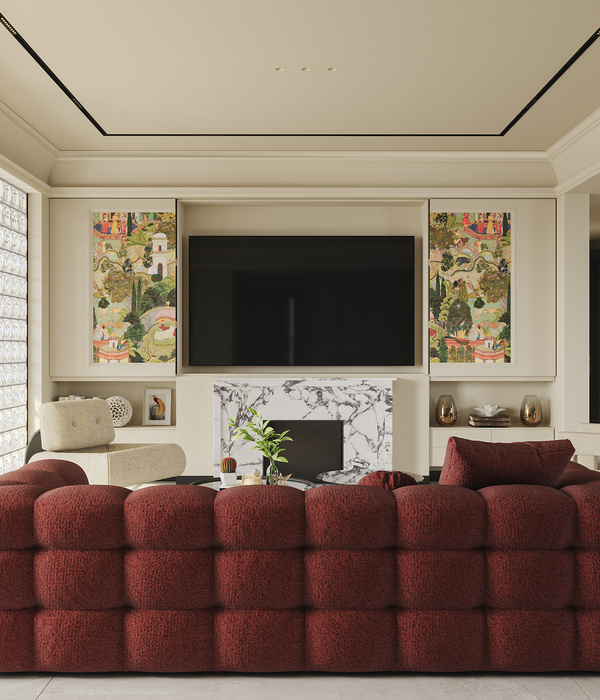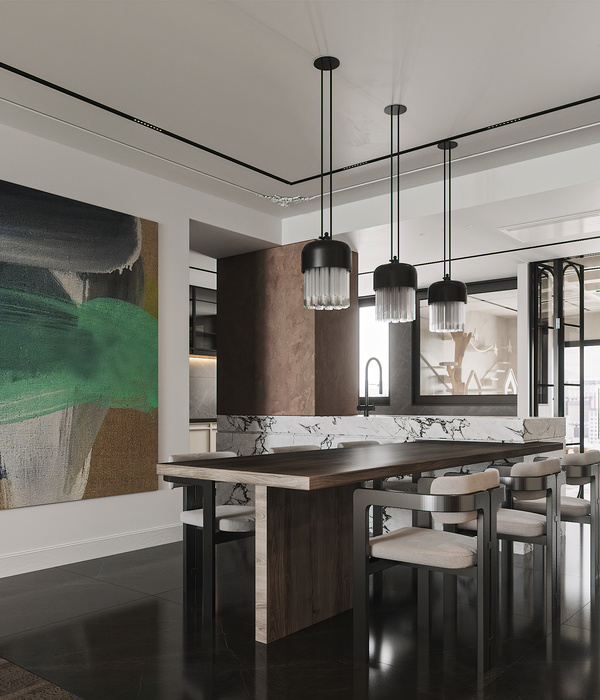Lombok is a 19th century district lying immediately to the west of Central Station in Utrecht. It is a colourful neighbourhood forming an important link between the city centre and the new Leische Rijn housing estate. Typical Dutch chain stores like Zeeman and Maminette mingle effortlessly there with Moroccan butchers’ shops and Turkish vegetable stalls. At the time of Eid-el-Adha, the cyclists navigate with alacrity around delivery trucks with lamb carcases. This is the vitality which is Lombok’s strongest quality and should be preserved. The urban master plan, which has been in development for the last 17 years and has undergone many vicissitudes. The plan entails two residential/shopping complexes and a mosque. These will form the boundary of Kop van Lombok (the inner end of the Lombok district) with an elevation on Westplein. The mosque is poised like a jewel on this plaza in line with the with the district’s main axis, Kanaalstraat.
Block 1 is a residential building on a plinth volume consisting of shops together with a 2-level underground car park. The apartments differ in type and size, and will thus attract a corresponding diversity of residents, as is appropriate to a city atmosphere. Access to the apartments varies: some can be entered directly from the deck, and others via an internal street (on the Damstraat side) or via an elevated court with gallery (on the Westplein side). These alternatives give rise to different “domains” or mini-neighbourhoods. At the same time they add an extra dimension to the public space: you cannot take it all in at one glance but you must, so to speak, discover it gradually.
Going from the entrance, from which a staircase rises, to the apartments on the court, you find yourself in a different world, a world like a sparkling oasis. There are trees growing here, and bench seats in sunny spots. Wooden stairs rise criss-cross all around, as though in a drawing by M.C.Escher, leading up to landings and the front doors of the apartments. Countless vertical openings admit light and air, while strategically placed windows offer glimpses of the street outside. Finally there is a communal roof garden with picnic tables, loungers and a magnificent view of the city.
The sense of domestic comfort that rises to meet you is not only a product of the “warm” materials used. Even more it is the intimacy of the space that puts you at your ease. The building, seen from outside, may have the bulk of a gentle giant, but the interior enjoys an unmistakably human scale.
The spatial interest is amplified by the many different apartment types designed by AMR with the varied residents in mind. They include maisonettes with roof terraces, apartments with balconies, and houses with French windows which can be folded fully open. Some dwellings have a private bench seat at the front door, others may have small front gardens – details that enhance the apartments and give them individuality. Two small apartments can always be combined to form a single larger one.
The first completed block is on the one hand a front end for the Lombok district, while on the other it faces out towards Utrecht’s station zone which is dominated by greyish high rise. Its six-storey height puts it more in line with the city-centre mood than with predominantly low-rise Lombok. It is precisely for this reason that the block shares a family look with the industrial premises scattered around Lombok. With its timeless solidity and industrial-style brickwork, the building seeks a connection with those rugged little factories that are so integral to Lombok.
The kinked facade embodies simultaneously the sloping building lines (due to the trapezoid shape of Lombok) and the height differences of the context. The material tone is set by a combination of handmade Danish brick in subtly varying shades of grey, with strips of slate visibly fastened by large cap nuts. The out-folding glass doors of the angular oriels can be set wide open, instantly uniting the apartment with the outside world. The glass doors are topped by a skylight, creating a suggestion of vertical endlessness. The inner facades are similarly clad in sustainable materials that will age beautifully: azobé wood for the galleries and gold-anodized aluminium for the frames and panelling.
Year 2014
Work finished in 2014
Client Bouwfonds Ontwikkeling, Regio Midden, Amersfoort
Contractor Aan de Stegge, Bouw & Werktuigbouw, Goor
Status Completed works
Type Parking facilities / Multi-family residence / Showrooms/Shops / Interior Design
{{item.text_origin}}

